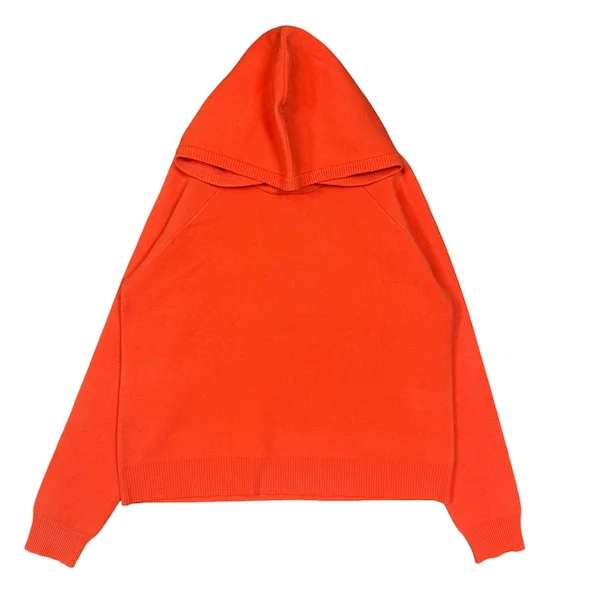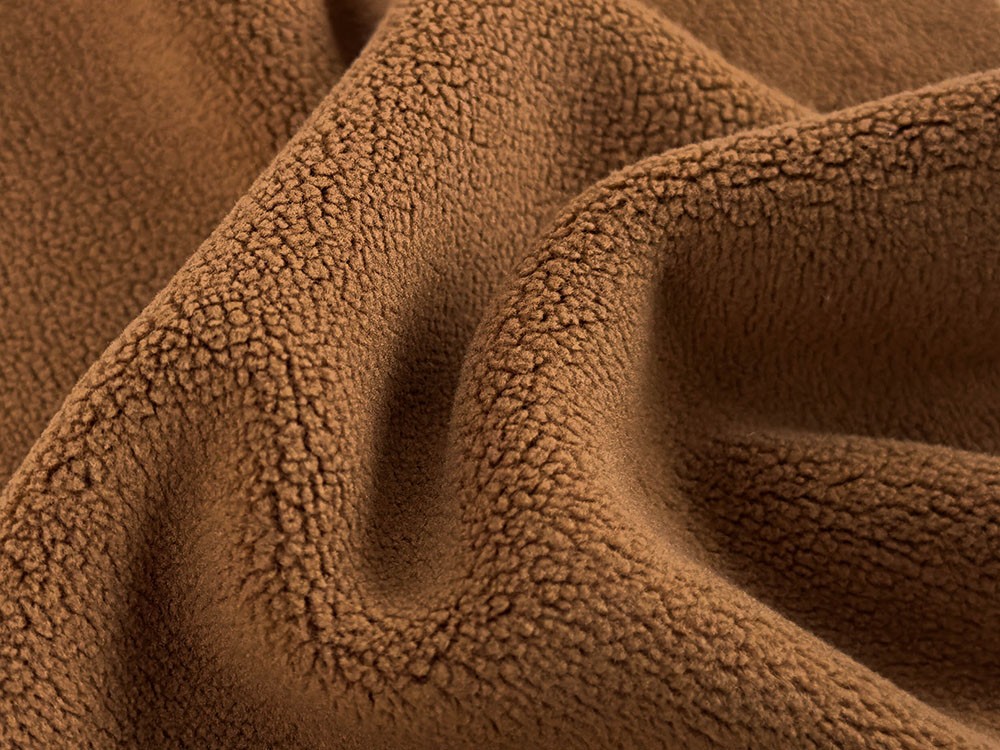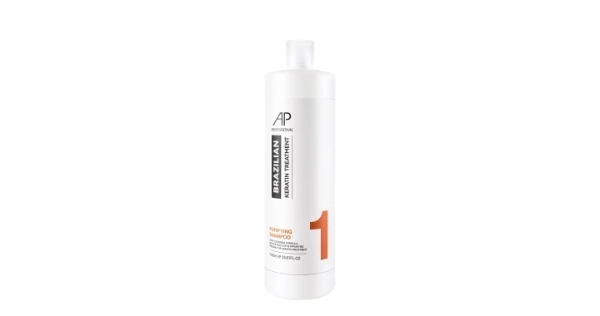As the temperature rises and summer approaches, the quest for the perfect fabric to keep cool becomes paramount. Among the myriad of options available, linen stands out as a timeless choice. But is linen really good for hot weather? In this article, we will delve deep into the properties of linen, its benefits, and why it is often regarded as the ideal fabric for warm climates.
Understanding Linen: A Brief Overview
Linen is a natural fiber derived from the flax plant, known for its durability and breathability. Unlike synthetic fabrics, linen is made from plant materials, making it biodegradable and environmentally friendly. The production process of linen is labor-intensive, but the resulting fabric is highly valued for its unique characteristics.
Breathability and Moisture-Wicking Properties
One of the most significant advantages of linen is its breathability. The fabric has a loose weave, allowing air to circulate freely, which helps to regulate body temperature. This is particularly beneficial in hot weather, as it prevents overheating and promotes comfort.
Moreover, linen has excellent moisture-wicking properties. It can absorb up to 20% of its weight in moisture without feeling damp, making it ideal for humid conditions. When sweat evaporates, linen helps to keep the skin dry and cool, reducing the discomfort often associated with high temperatures.
Natural Insulation
Interestingly, linen is not just a summer fabric; it also offers natural insulation. While it keeps you cool in the heat, it can also provide warmth during cooler evenings. This duality makes linen a versatile choice for various climates, allowing for year-round wear.
UV Protection
Another noteworthy feature of linen is its ability to provide some level of UV protection. While it is not a substitute for sunscreen, linen can block a percentage of harmful UV rays, making it a safer option for outdoor activities. This characteristic is particularly advantageous for those who spend extended periods in the sun.
Comfort and Style
Linen is not only functional but also stylish. Its natural texture and elegant drape give it a sophisticated appearance, making it suitable for both casual and formal occasions. Available in a wide range of colors and patterns, linen can easily be incorporated into any wardrobe.
However, it is essential to note that linen tends to wrinkle easily, which some may view as a drawback. Yet, many fashion enthusiasts embrace this characteristic, as it adds to the fabric's relaxed aesthetic. The crinkled look of linen can evoke a sense of effortless chic, perfect for summer outings.
Care and Maintenance
Caring for linen is relatively straightforward. It is machine washable, but it is advisable to use a gentle cycle and cold water to preserve its quality. Linen can also be ironed at a medium temperature to maintain its appearance. With proper care, linen garments can last for many years, making them a worthwhile investment.
Conclusion: The Verdict on Linen for Hot Weather
In conclusion, linen is indeed an excellent choice for hot weather. Its breathability, moisture-wicking properties, natural insulation, and UV protection make it a superior fabric for summer wear. Additionally, its stylish appearance and ease of care further enhance its appeal.



